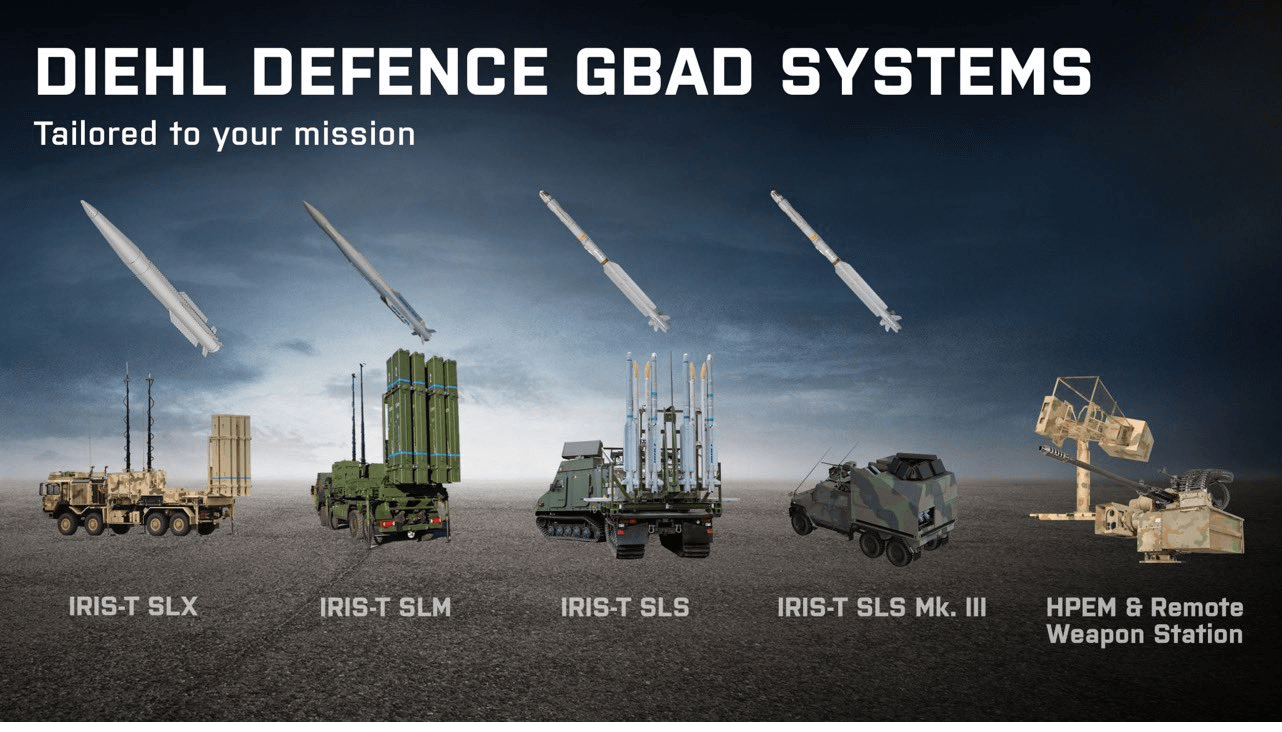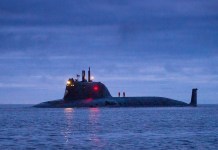As Germany seeks to expand its military presence in Europe amid a raging Russia-Ukraine war, its new air defense architecture is reportedly in the works.
German Chancellor Olaf Scholz recently announced that his country has decided to invest significantly in air defense in the coming years, providing other European countries an opportunity to tap into the German-led arms architecture.
Speaking at Charles University in the Czech Republic on August 29, Scholz laid out the German government’s updated plan for defending the European Union from the air in the wake of Russia’s invasion of Ukraine. The announcement comes when Germany has raised its defense spending and assumed a more proactive military role.
Scholz has also called for an enlargement of NATO and pledged to support Ukraine for as long as it takes. In February, three days after Russia invaded Ukraine on February 24, the German leader declared that his country would dedicate 100 billion Euros ($107 billion) to a special military fund and increase defense spending above 2% of GDP.
The Chancellor stated that “it was the correct answer to the turning point that started with Russia’s attack on Ukraine.” Later, Germany announced it would purchase the US F-35 Lightning II stealth fighter jet. The first batch of aircraft will be delivered in 2026.
JUST IN: US Approves Sale of 35 F-35 Fighter ✈️ to #Germany for $8.4 billion. Following Russia's invasion of Ukraine, GER decided to replace Tornado jets with F-35.
— Joyce Karam (@Joyce_Karam) July 28, 2022
While these measures were taken in the aftermath of the Russian invasion of Ukraine, most of them had been under discussion for years. The air defense concept is fast gaining traction in Germany, with several officials across the board advocating for it.
The United States, for one, has a dedicated missile defense architecture to protect itself from incoming missiles from adversaries. It is designed to shield an entire country from incoming missiles like intercontinental ballistic missiles (ICBMs) or other ballistic missiles.
It includes ground-based interceptors, anti-ballistic missiles, sea-based, space-based, laser, and high-altitude missile systems.
While Germany’s air defense architecture does not strive to emulate that of the US, it warrants a long hard look at the promising features that have been iterated by its advocates recently, including its Chancellor.
“If we jointly develop an air defense system in Europe, it will not only be more efficient and cost-effective. It would also be a security gain for Europe as a whole and an outstanding example of strengthening the European pillar within NATO,” he stressed.
German Shield For Europe
The idea of the “German Shield” has been mentioned by officials, with architecture design including multiple countermeasures for threats in low, medium, and upper altitudes and distances. The Shield would be coupled with Airbus’ Surface-to-Air Missile Operations Center (SAMOC) battle management system.
The Surface-to-Air Missile Operation Center (SAMOC) is a mobile air defense management system created primarily for joint operations in a multi-service and global context, including missions under national, NATO, or European Union command.
The system uses advanced planning, multi-data link management, data processing, and ergonomic display technologies to optimize a mixture of sensor and weapon systems.
SAMOC has widespread adoption and enables complete NATO interoperability based on tactical data linkages and military message processing. The system is ready for any existing or upcoming systems to be integrated.
According to Airbus, the SAMOC system can combine parts from NATO and non-NATO countries to create a dedicated defense against adversarial trajectories. As of now, it is used by Saudi Arabia, Germany, and Hungary.
Germany has been focusing on close coordination and air defense integration. As part of previous drills, the German and Dutch forces connected their Patriot air defense systems. As the war in Ukraine proceeded, the two countries deployed their Patriot missile defense systems to Slovakia.
According to Scholz, Poland, the Baltic States, the Czech Republic, and the Scandinavian countries could be other additional countries for integration.
German air force authorities started looking for a superior defense system earlier this year, with Israeli Arrow-3 and Iron Dome as potential options. Germany was also reportedly examining the US-made Terminal High Altitude Air Defense (THAAD); however, that option is currently on the back burner.

German officials and analysts worry that Russia may have deployed deadly Iskander missiles in its Kaliningrad exclave. These missiles can travel at great altitudes and are capable of striking numerous European cities, including Berlin, in a matter of minutes. This is the primary driver of the German Shield Initiative.
In addition, it is unclear whether Germany would opt for one air defense system or a combination of both- Arrow 3 and Iron Dome. Therefore, while little is known about German plans regarding what systems would make up the German Shield, what is known is that the architecture would have a multi-tier system.
Three Tiers To Combat Russian Missiles
Local Defense manufacturers- Rheinmetall, Hensoldt, and Diehl Defense, teamed up last year with a package based on Diehl’s Iris-T SLM interceptor for the lower-tier defense layer. MBDA and other companies have also started manufacturing extremely mobile defense systems designed especially for small drones.

Germany already has the Patriot, a more seasoned high-altitude and long-range system from the US with a track record of success against short-range projectiles that remain inside the atmosphere. With an Arrow or Iron Dome’s acquisition, another advanced missile defense system would be in its pool.
Germany has aimed to establish itself as a leader in the medium-range market, which targets fast aircraft and missiles, with the Tactical Air Defense System or Taktisches Luftverteidigungssystem (TLVS), a Patriot replacement weapon.
MBDA Deutschland and Lockheed Martin had been working on the Medium Extended Air Defense System (MEADS) to fulfill the Luftwaffe’s TLVS requirement. Due to worries that the expenditure would divert funding from a focused effort to combat drones, officials canceled the program last year.
According to Christian Mölling, research director at the German Council on Foreign Relations in Berlin, the consequences of that choice could still jeopardize Germany’s ambitions to be a global leader in air defense. However, with the German-led European Shield, Berlin could catapult itself into the security provider role.
- Contact the author at sakshi.tiwari9555@gmail.com
- Follow EurAsian Times on Google News




